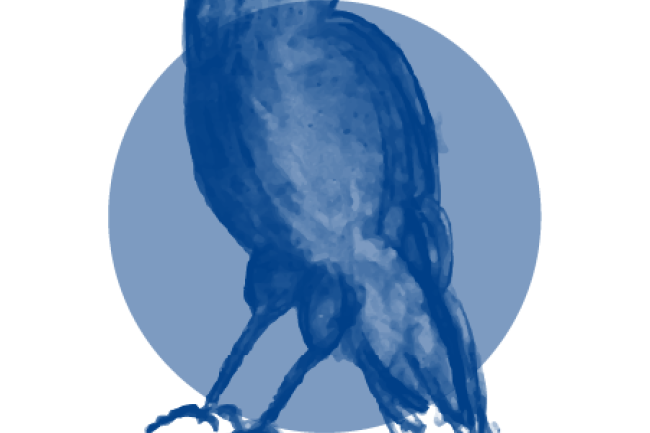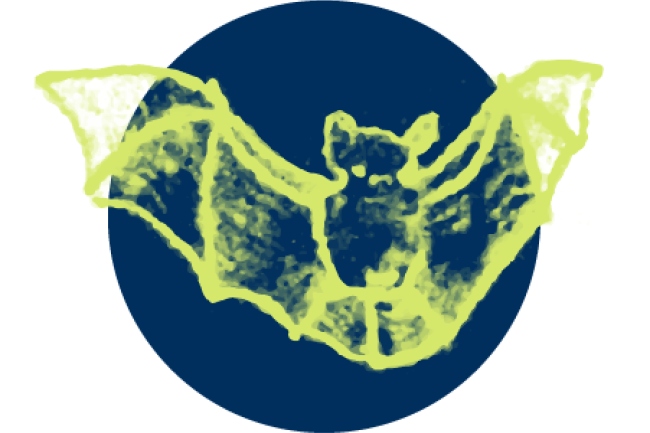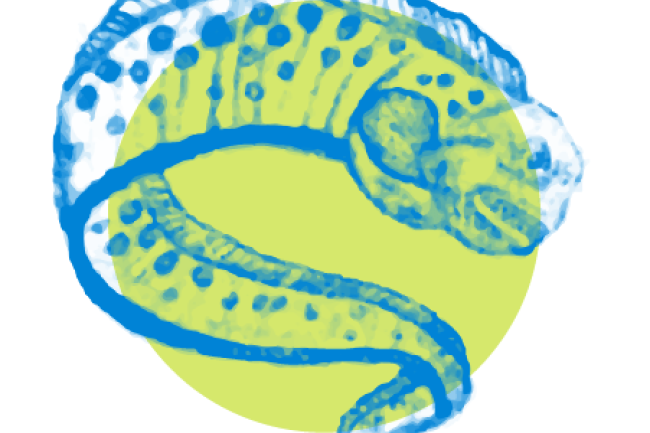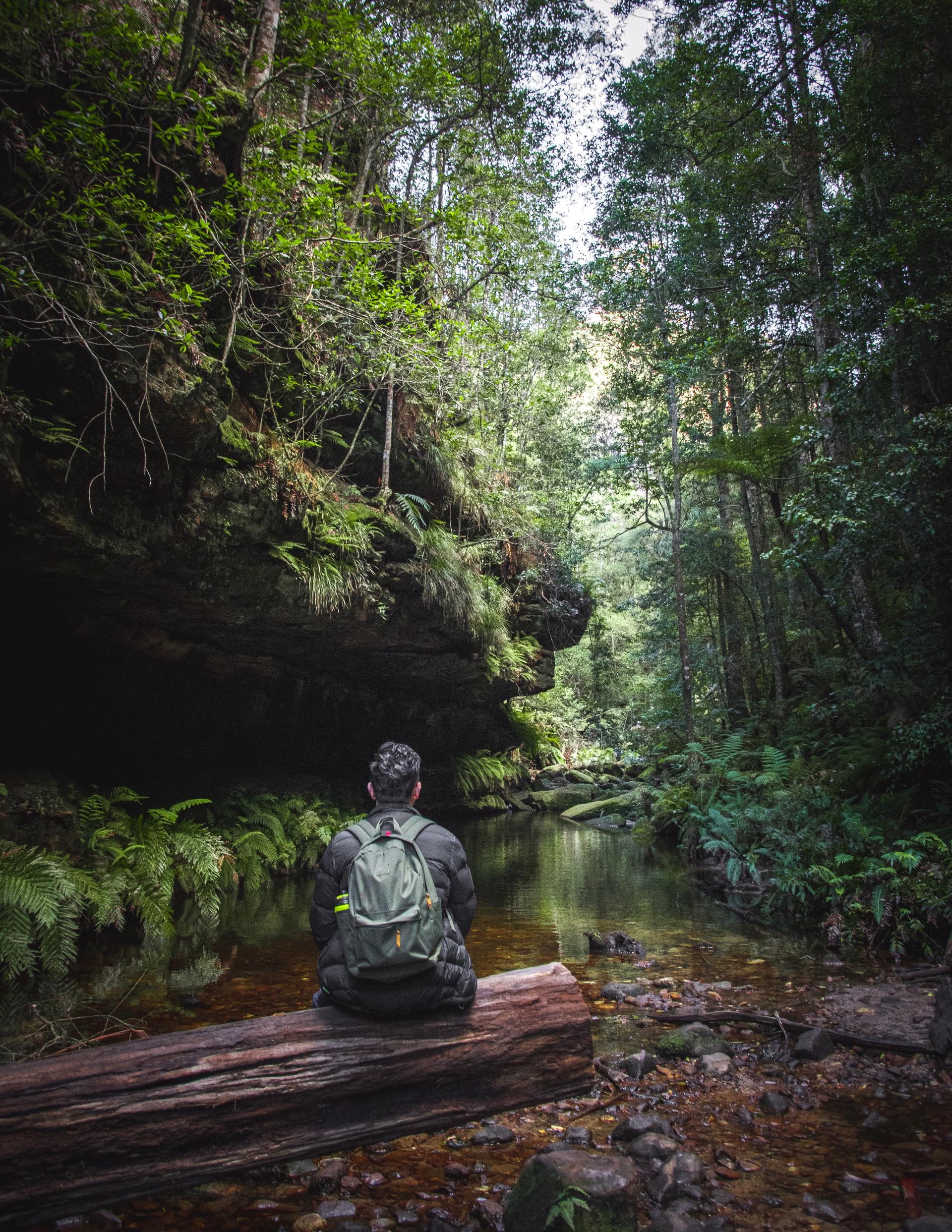Art and Ecology Practicum
Art and Ecology Practicum is an Art Studio course, to be distinguished from Art History 348 Art and Ecology.
In the realm of ecologically-oriented art, there is a growing field of strategies, with artists and artist networks, curators, books and exhibitions, university majors and degree programs. Within this broad effort, eco-artists work across disciplines and within communities to:
- Focus attention on the web of interrelationships in our environment — to the physical, biological, cultural, political and historical aspects of ecological systems;
- Create artworks that employ natural materials, or engage with environmental forces such as wind, water, or sunlight;
- Reclaim, restore, and remediate damaged environments;
- Inform the public about ecological dynamics and the environmental problems we face;
- Re-envision ecological relationships, creatively proposing new possibilities for co-existence, sustainability, and healing.
Eco-artists assert our entanglement in a more-than-human world. They introduce ecologically relevant timeframes, longer than a human life span, longer than generations. Their work exposes empty-world assumptions, that there is “always another forest to cut, a grassland to plow, a fishery to trawl, always an upstream, an upwind, a place that is away” (Thomas Princen). Ultimately, they extend the creative problem- solving of contemporary art practice to the larger societal concern of sustainability.
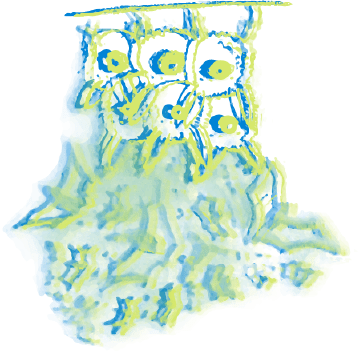
We can never fully understand the perspective or experience of these whales, but we can use what we have learned about them to form radical empathy and compassion for them as members of our own community. I think one of the greatest lessons that I’ve learned from Gray Whale, is that the environmental issues at hand know no borders. Grays are nomadic, their habitat spans tens of thousands of miles and the struggles that they face do as well. They remind me that our planet is one living, breathing, connected ecosystem and that every being is dependent on all others and on the health of their habitat whether it spans a few miles or a few thousand.
Ruby Jones
Art & Ecology Student
Student Learning Outcomes
Through this course you will:
- widen your imaginative and aesthetic capacities to respond to field study, scientific research, and indigenous practices in your contemporary art practice;
- acquire wide-ranging interdisciplinary knowledge about a nonhuman organism of the Salish Sea region and its habitat through self-directed research;
- develop skills with multidisciplinary practices of installation, collaboration, field work, and social practice through hands-on projects;
- gain familiarity with a wide range of international artists addressing ecology, especially issues of biodiversity, threats to biodiversity, and climate change, learning about the strategies and critical concepts they employ.
I keep the ancestors in mind as I begin my journey . . . I am in land, waters that are not my own, and I ask for the guidance to follow this project with respect and honor. I understand that even if we’re in different lands my ancestors are always with me and that they can communicate with those here to create harmony and solidarity. We come in peace to understand that water is life, and that our connection to the earth is deeper than we have been made to believe. La tierra es sagrada y mágica, aquí o allá, donde sea que sea lo mismo. Que esta experiencia me dé nueva sabiduría y me dé curación y conocimiento ancestral . . . { The land is sacred and magic, here or there, wherever it is the same. May this experience give me new wisdom and give me healing and ancestral knowledge . . . } ♥
Samara Almonte
Art & Ecology Student
Need more info?
For advising and information about the Department of Art & Art History, email us or call 360-650-3660.

